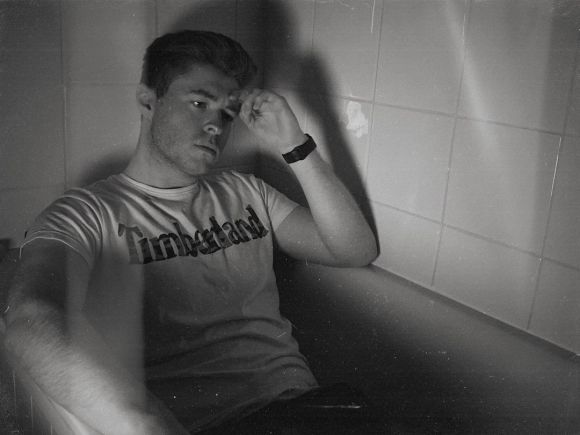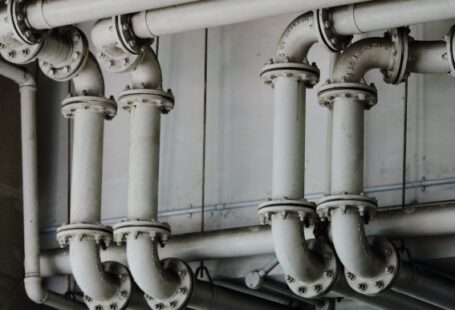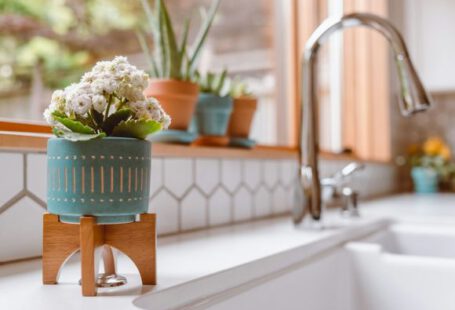Water leaks can cause significant damage to your home if left undetected and unresolved. Unfortunately, detecting a water leak behind the walls can be challenging, as the signs are often subtle and not immediately visible. However, with some careful observation and a systematic approach, you can identify the presence of a water leak and take necessary action to prevent further damage. In this article, we will guide you through the process of detecting a water leak behind the walls.
Listen for Unusual Sounds
One of the first signs of a water leak behind the walls is the sound of running water when no taps or appliances are in use. If you hear a continuous hissing, dripping, or rushing sound, it could indicate a hidden water leak. Pay close attention to any unusual sounds, especially in areas near where your plumbing pipes are located.
Look for Changes in Water Pressure
A sudden decrease in water pressure can be indicative of a water leak behind the walls. If you notice that your showers have become less powerful or your faucets are not providing the same force as before, it’s essential to investigate the cause. While low water pressure can have various reasons, a leak in the plumbing system is a common culprit.
Check for Mold or Mildew
Mold and mildew thrive in damp environments, making them potential indicators of a water leak behind the walls. Look for any signs of mold or mildew growth, such as discolored patches or a musty odor. Pay close attention to areas where moisture is likely to accumulate, such as bathrooms and kitchens.
Inspect for Water Stains
Water stains are another telltale sign of a water leak. Look for discoloration or staining on walls, ceilings, or floors, especially in areas close to plumbing fixtures. Water stains can range from light yellow to dark brown and may appear in irregular shapes or patterns. If you notice any water stains, it’s crucial to investigate further to determine the source of the leak.
Perform a Visual Inspection
Take the time to visually inspect your walls for any signs of damage or moisture. Look for peeling or bubbling paint, warping or buckling wallpaper, or any visible cracks or holes. These could indicate that water is seeping into the walls. Additionally, feel the walls with your hands to check for any unusual dampness or coolness.
Use a Moisture Meter
A moisture meter is a handy tool that can help detect hidden moisture behind walls. It works by measuring the moisture content in various materials, such as drywall or wood. By using a moisture meter, you can identify areas with higher moisture levels, which may indicate a water leak. Be sure to follow the manufacturer’s instructions for accurate readings.
Call a Professional
If you have exhausted all your efforts but still cannot pinpoint the source of a water leak, it may be time to call in a professional plumber. Plumbing experts have specialized tools and knowledge to detect and repair hidden water leaks. They can use techniques like thermal imaging or acoustic listening devices to locate the exact source of the leak.
In conclusion,
Detecting a water leak behind the walls can be a challenging task, but with careful observation and a systematic approach, it is possible to identify the problem. By listening for unusual sounds, checking for changes in water pressure, looking for mold or mildew, inspecting for water stains, performing visual inspections, using a moisture meter, and seeking professional help when needed, you can take the necessary steps to prevent further damage and protect your home. Remember, early detection is key to minimizing the impact of a water leak.



